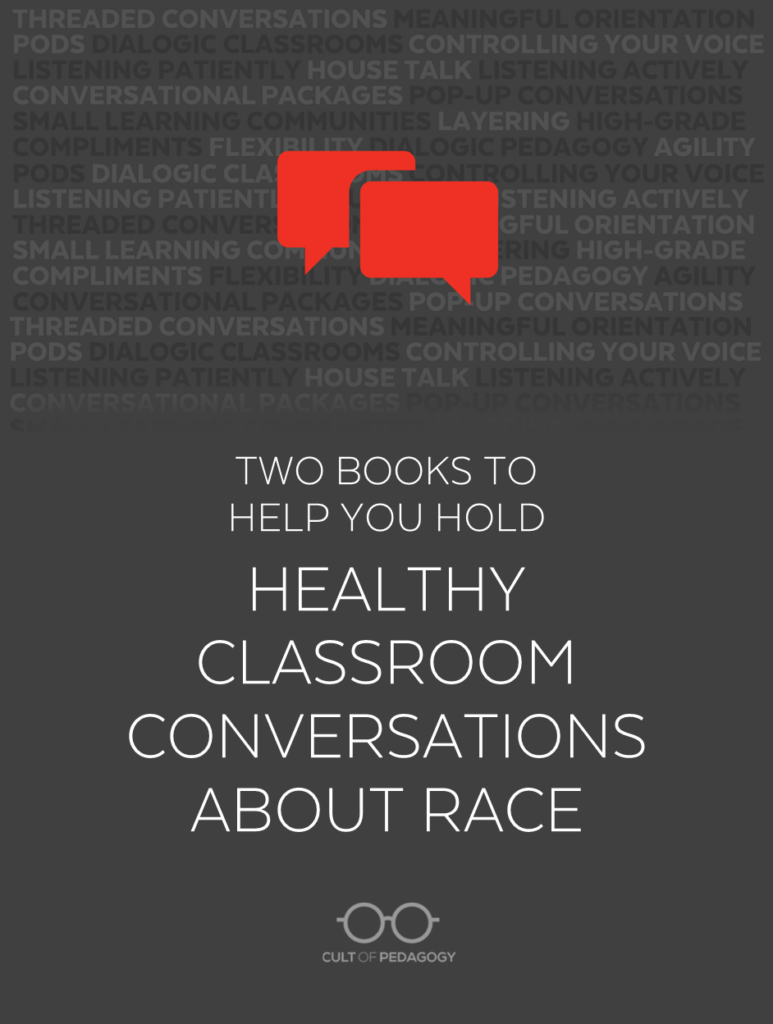
Listen to my interview with Matthew Kay and Jennifer Orr (transcript):
Sponsored by NoRedInk and The Modern Classrooms Project
This page contains Amazon Affiliate and Bookshop.org links. When you make a purchase through these links, Cult of Pedagogy gets a small percentage of the sale at no extra cost to you. What’s the difference between Amazon and Bookshop.org?
We’re living in a time when discussing race in any classroom in America has become more of a professional risk than it ever was. When lawmakers around the country are working hard to stop teachers from having these discussions, many are afraid to go anywhere near a topic that might even marginally be construed as “woke.”
But if you happen to live in a place where conversations about race are allowed or even encouraged in school, or if you’ve decided that it’s worth it to try despite the risk — I’m here to recommend two books that will be incredibly helpful companions in that work.
The first book is called Not Light, But Fire: How to Lead Meaningful Race Conversations in the Classroom. It was written in 2018 by Philadelphia high school English teacher Matthew Kay, and he based it on his experiences having these conversations with his own students.
A few years later, he teamed up with elementary teacher Jennifer Orr to write a follow-up book for elementary classrooms called We’re Gonna Keep On Talking: How to Lead Meaningful Race Conversations in the Elementary Classroom.
What I love about both books is that their approach to these conversations is really thoughtful — they do not offer a bag of tricks you can pick from to try out every now and then. The first half of each book is devoted to setting the stage, building a classroom ecosystem made of trusting relationships, practice with interpersonal skills, and carefully structured discourse. In the second half, the books offer case studies of real classroom conversations on race-related topics, so the reader can see how the principles work in practice.
As I read, I kept thinking how wonderful it would be if every student could have a teacher trained in this approach. I was also struck by how wildly different these conversations looked from how they are often portrayed: while right-wing media would have us believe that teachers are verbally pinning down their white students, lambasting them with accounts of historical wrongdoings until they feel the desired level of soul-crushing guilt, the conversations that Kay and Orr portray in their books are respectful, compassionate, curious, and age-appropriate.
You can listen to our conversation in the player above, read the full transcript, or read some of the key points of our conversation below.
Why is discussion such a valuable learning strategy?
Classroom discussions are nothing new, but when it comes to challenging topics like race, why are they so important?
Orr believes building discussion skills early will benefit students for the rest of their lives. “Talking things through clarifies things for you or helps you realize where you may have confusion,” she says, “(and) the process of listening to others and whether you agree or disagree, whether you’re pushing back, whether you’re asking more questions of them, all of that is co-constructing learning, and that is powerful. As adults, we engage in conversations that help us learn all the time, and so the sooner we start to recognize that and respect that for kids and trust them to engage in that, the more powerful it will be for them forever.”
These skills may be even more challenging to build now than ever before, Kay adds. “Students have always had to learn how to speak to each other and learn something in a collective way and bounce ideas off of each other in a productive way,” he explains. “That’s always been important. But I think now it’s especially important because we have so many things that they’re exposed to that are teaching like the wrong lessons. The kind of behaviors that we get in this ‘gotcha’ culture of social media are directly the opposite of what is productive in conversation. Students learn so many bad habits so often that I think (teachers) are much more important even than we were in the past because they have their eyes on some really bad role models all of the time.”
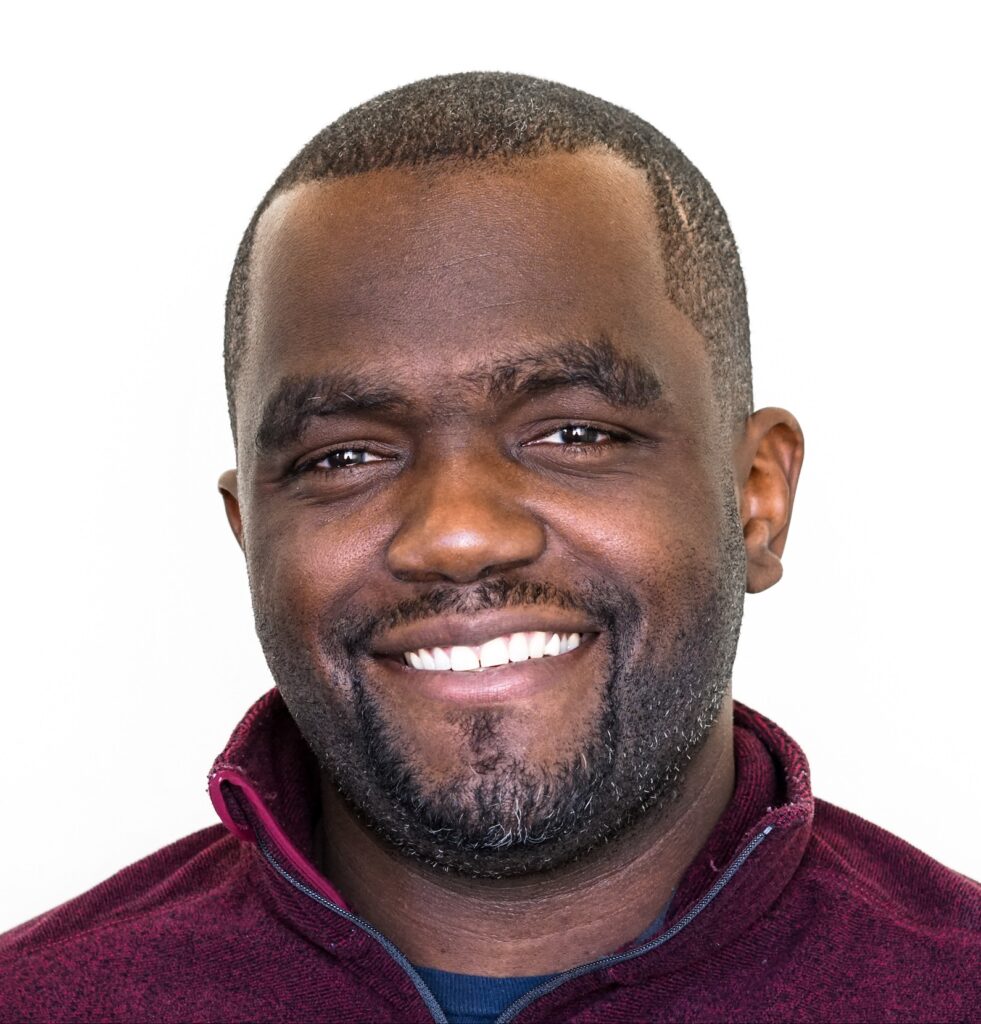
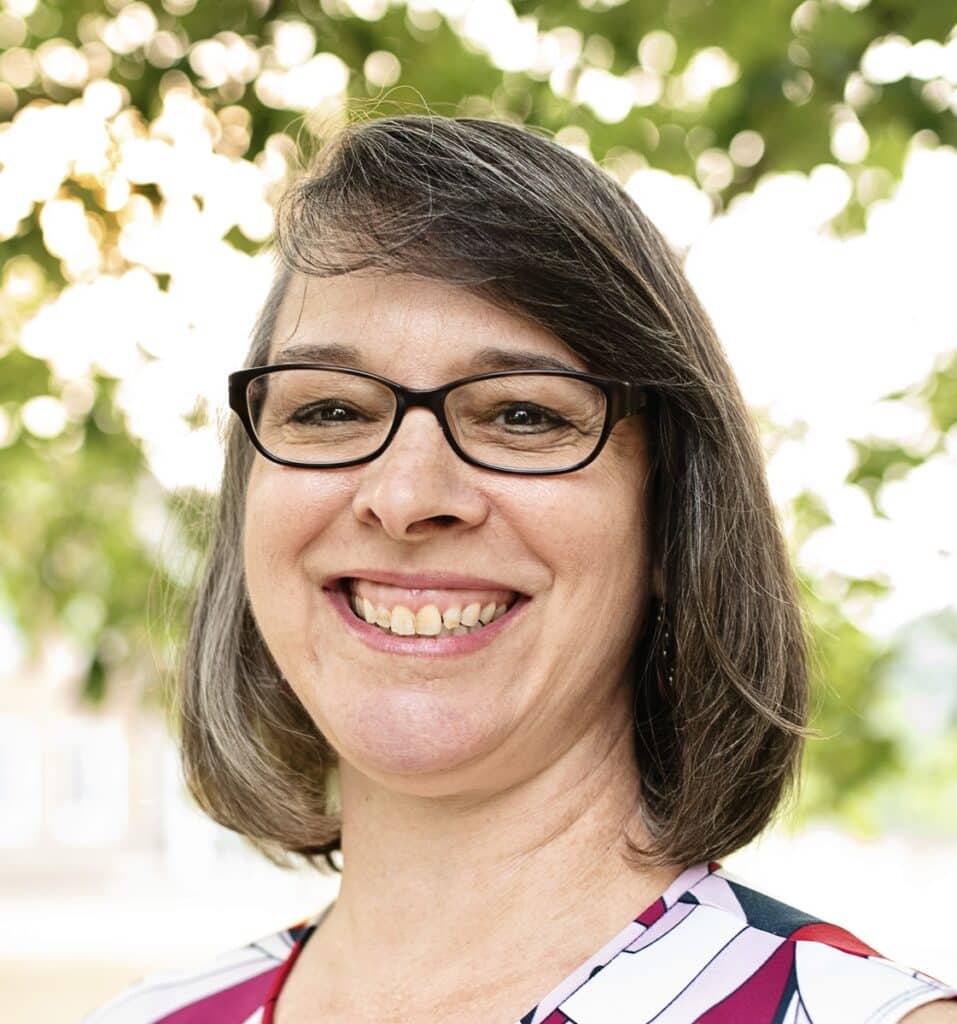
What are some of the key elements necessary for creating a healthy ecosystem for race conversations?
“I think there’s two things,” Kay begins. “The first one is a classroom of listening where listening is something that is explicitly valued and explicitly taught. We do that through practicing about things that aren’t the race conversations, like listening about each other’s lives. And I try to make it into things that I can directly coach like a sports coach. What does listening patiently sound like? What does listening actively sound like? What does policing your voice sound like?”
“The second thing is having, I call it a house talk environment. How do you build community with them before they engage in those kind of discussions to kind of inoculate the conversations against natural human mistakes that people make. Like if we bond over something, either through one of the Good News activities that I stole from Zac Chase or any of those kind of things, if we just bond over that and then 20 minutes later in a conversation you say something just a little bit off during a race conversation, it’s a little harder for me to jump down your throat. It’s a little harder for you to jump down my throat because we built on a level that supersedes that. And so it doesn’t solve the problem, but it makes it less likely, and it makes the blow-up less violent.”
In Not Light, Kay offers specific strategies for building both of these elements, but he emphasizes that these are just what worked for him. “There’s nothing magical about those activities. It’s just they work for me, but there’s many different versions.”
Once the ecosystem is in place, how can teachers start structuring actual conversations about race?
Both books recommend that teachers use curriculum as a springboard for these conversations. Apart from discussions that arise from current events, Kay says, “These aren’t conversations that pop out of nowhere. These are conversations that are like, we are reading a book and there is a race issue in this book, or we’re studying a time period and there’s a race issue in this time period, etc. We’re not artificially infusing race into an issue. We’re just not ignoring the race issue that is in the thing.”
He uses the novel Lord of the Flies as an example.
“There’s a clear race angle there that is almost never discussed — how Golding uses caricatures of Indigenous people to show that these white boys are losing their minds. We talk about everything else, but we usually don’t talk about it. The good conversations are already in the curriculum. I’m not thinking of ways to engage race. I’m just seeing race in the thing, and then talking about it like I talk about everything else. These are the same strategies that I use when I’m discussing gender and sexuality and the economy. Literally, where is it in the text, and then figuring out then where are the cool decision points that characters are having if it’s a fictional thing or that people had if it’s a nonfictional, historical thing, social studies, etc. This is as much about not ignoring race as it is about infusing race into something.”
These conversations don’t necessarily make up the bulk of a class period; they are just layered on top of what is already being studied, and one of these organic discussions can then be threaded with another one that comes up later. This makes race-related topics a natural part of classroom discourse, not something that is handled awkwardly and separately.
This kind of infusion is especially important in the elementary classroom, where student attention spans and their cognitive and emotional development limit what they can handle. “When you’re talking kindergartners or 1st graders or even 4th or 5th graders,” Orr says, “the stamina isn’t there to engage for an hour around something. We have to be able to sort of chunk it. I also think it’s really helpful for younger kids to have some time to sort of sit with an idea that they’ve been thinking about or talking about, and then come back to it when they’ve had a chance to let it kind of simmer. Because their thinking kind of grows and develops and they realize questions they have or ideas that are kind of gelling. And so being able to come back over time is really powerful.”
What about teachers who live in states that don’t support (or actively target) these kinds of conversations? What can they do?
Kay believes that first and foremost, the methodology offered by both books will prevent many of the problems that might come from winging it. “Hopefully we have given teachers who might approach race conversations recklessly — in a way that’s going to get them in trouble — a way to approach it and a way that is less likely to get them in trouble among people of good will. It’s a very clear procedure and a workflow for how to discuss race in ways that are academically sound and rigorous and match whatever state standard or national standard you are looking for for discussion.”
But for teachers who work in places where the community is outright against any discussion of race, Kay’s advice is simple.
“Keep your resume updated,” he says. “There’s a lot of talk of martyrdom in education and I’ve always been against that, and if you’re in a place that’s killing your soul, I want you to leave. I’d rather you go bless some other kids somewhere. Everyone deserves the best version of you and you will fall in love with the next set of kids just as much as you fell in love with these kids.”
Any other advice?
“Cut yourself some slack,” Kay says. “We can really be hard on ourselves when we attempt to have conversations about race and hold ourselves to a standard where we’re not allowed to make mistakes. You’re going to get called sometimes really nasty names for mistakes you made while leading a conversation. In those moments, you’re going to be like, man, I should have just never brought it up. And that terrifies me because good people can take themselves off the field. So my biggest thing is to just cut yourself some slack and surround yourselves with people who are going to cut you some slack.”
“Trust yourself and trust your kids,” Orr adds. “Know that like anything else we do as teachers, one, we’re not going to get every kid every day. They’re not all going to walk out of that lesson with exactly what we want them to. Never do we get every kid every day. So trust that it will take time but that we’ll get there. And then trust that when you do cut yourself some slack and make a mistake that you have the professional ability to remedy that, to say, ‘I screwed up,’ or to come back the next day and go, ‘Man, that didn’t work. Let me rethink. How do I bring the kids back around?’ That trust in yourself and your kids is really freeing and really, really important.”
Join our mailing list and get weekly tips, tools, and inspiration that will make your teaching more effective and fun. You’ll get access to our members-only library of free downloads, including 20 Ways to Cut Your Grading Time in Half, the e-booklet that has helped thousands of teachers save time on grading. Over 50,000 teachers have already joined—come on in.

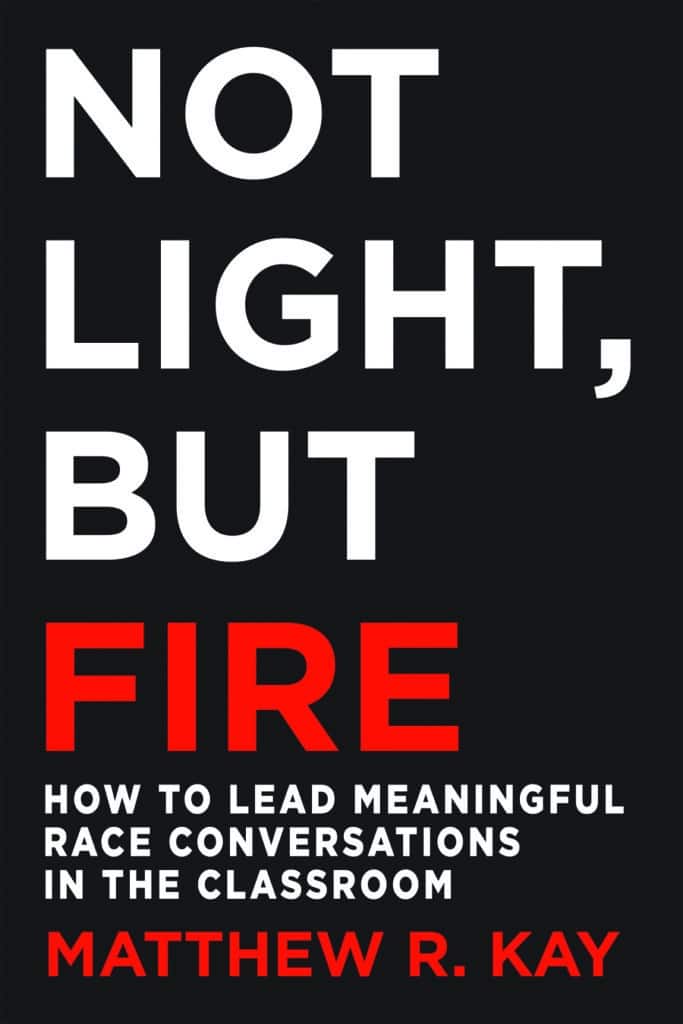
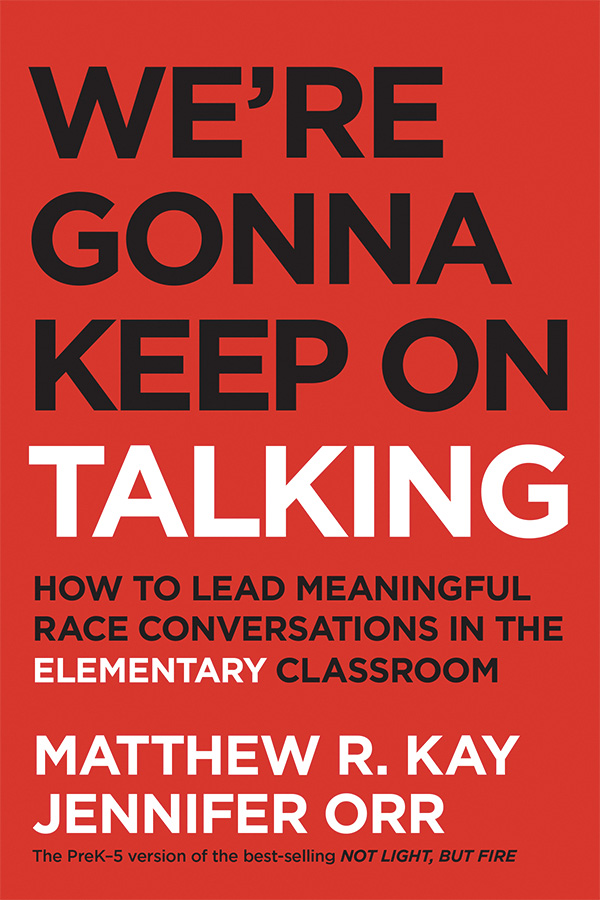


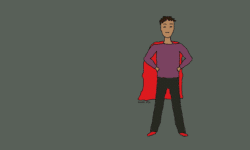
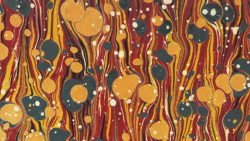
Thank you for this post! Just the other day I was wishing I had some sort of training on how to handle sensitive topics like this in the classroom and this article gave me some really good insights! I love the idea of establishing the right classroom culture and teaching good conversation skills before you even broach the subject. I also really appreciated the advice at the end about not letting a fear of failure keep you from bringing it up at all. I’ll have to check out these books!
Hi Sara,
Thanks for sharing your thoughts on the post! Jenn will be happy to know that you found it valuable.